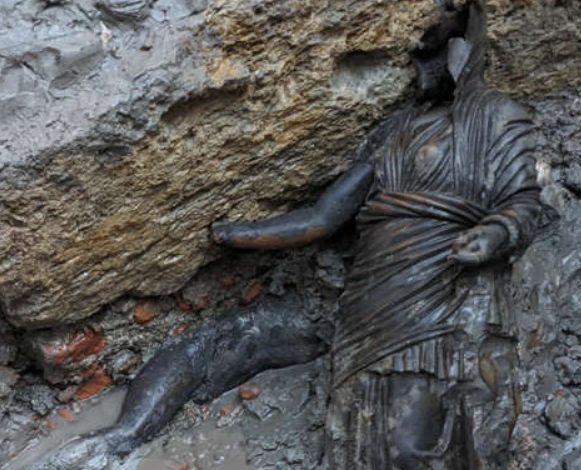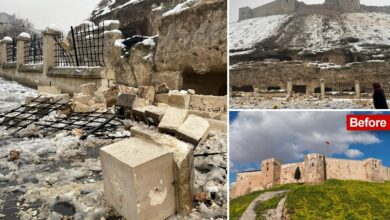24 Figurines Made Of Bronze Dating To 2300 BC Emerge From Muck And Water Found By Amazing Archaeological Discovery

Since 2019, archaeologists have been conducting excavations at historic thermal baths outside Siena, Italy. A hand, an elbow, and a shimmering coin, however, were only discovered last month, slowly emerging from the mud and water. Since then, scientists have discovered a trove of thousands of coins, 24 exquisitely preserved bronze statues going back about 2,300 years, as well as other important items.
Experts describe the discovery as nothing short of revolutionary. It was made in San Casciano Dei Bagni, a small hilltop town in the province of Siena famous for its thermal baths.
The statues were created between the second century B.C.E. and the first century C.E., a turbulent period in Tuscan history when hard-fought battles over towns like this one marked the transition from Etruscan to Roman rule. When the Romans finally won the war, they launched a concerted effort to redefine and diminish Etruscan culture by burying or destroying artifacts.
There are statues depicting Hygieia, Apollo, and other Greco-Roman deities. Some of them featured the names of illustrious Etruscan families inscribed in Latin and Etruscan.
Although the exact cause of the statues’ drowning in the thermal waters is unknown, researchers do know that the water helped keep the statues in such good condition. Helga Maiorano, an archaeologist at the University of Pisa, tells la Repubblica’s Azzurra Giorgi that the mud creates an atmosphere devoid of oxygen that helps keep the bronzes safe from bacteria.
Thermal baths in the region were utilized until the fifth century C.E. when new Christian laws forbade the practice of public bathing.
The statues and other finds were brought to a restoration lab in the nearby town of Grosseto. They will eventually be put on display in a brand-new museum that opens in San Casciano.
News Mania Desk






